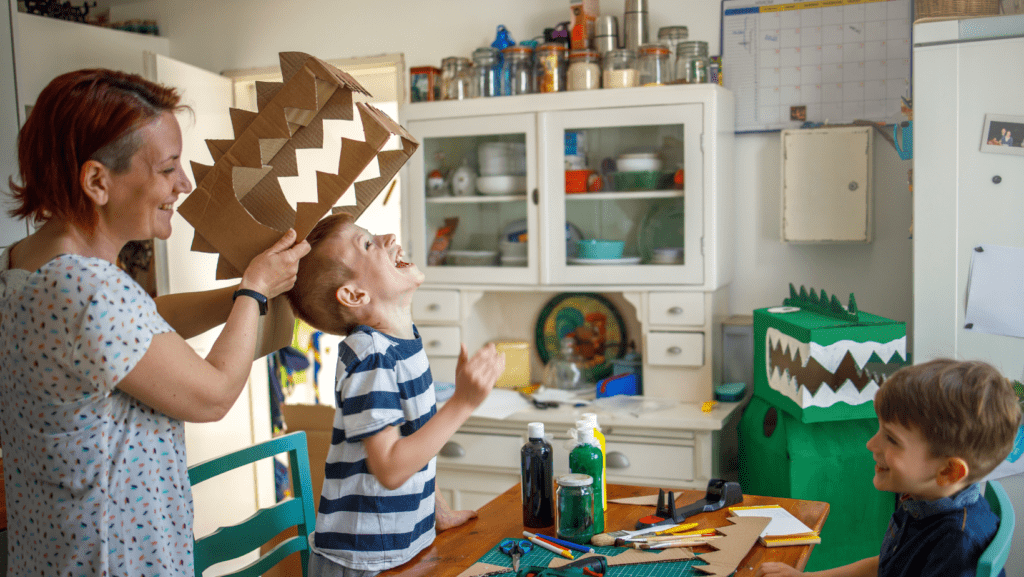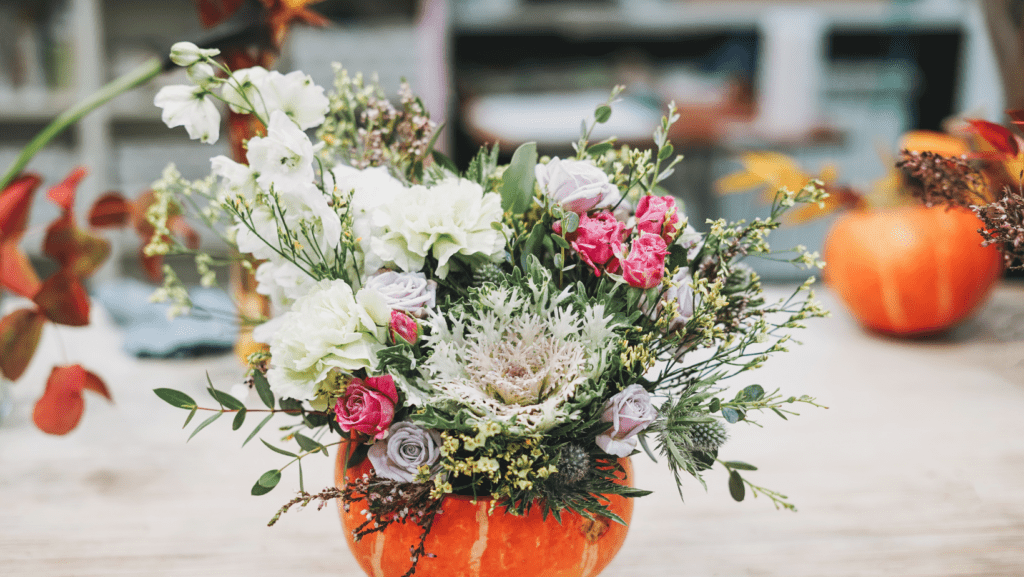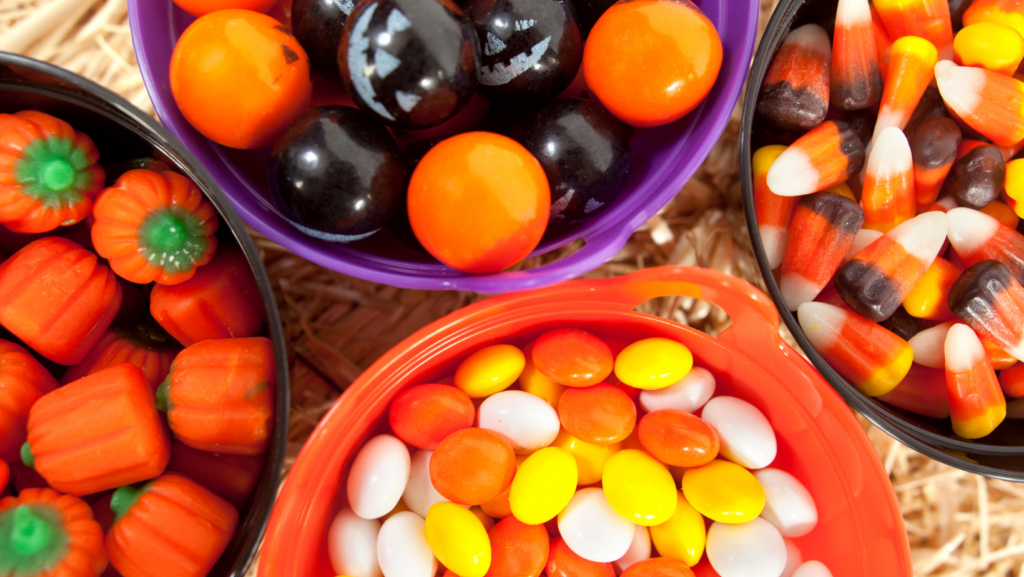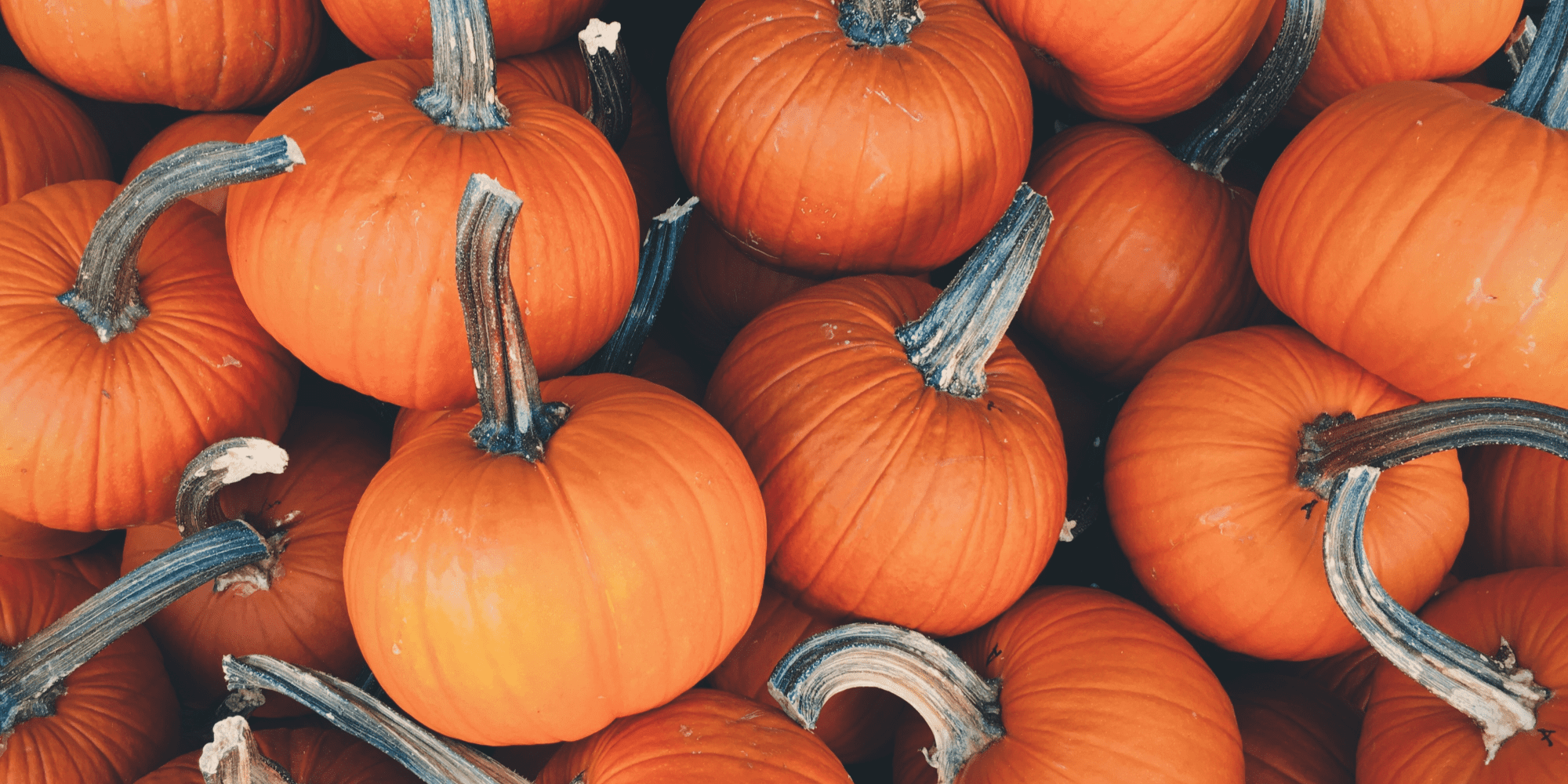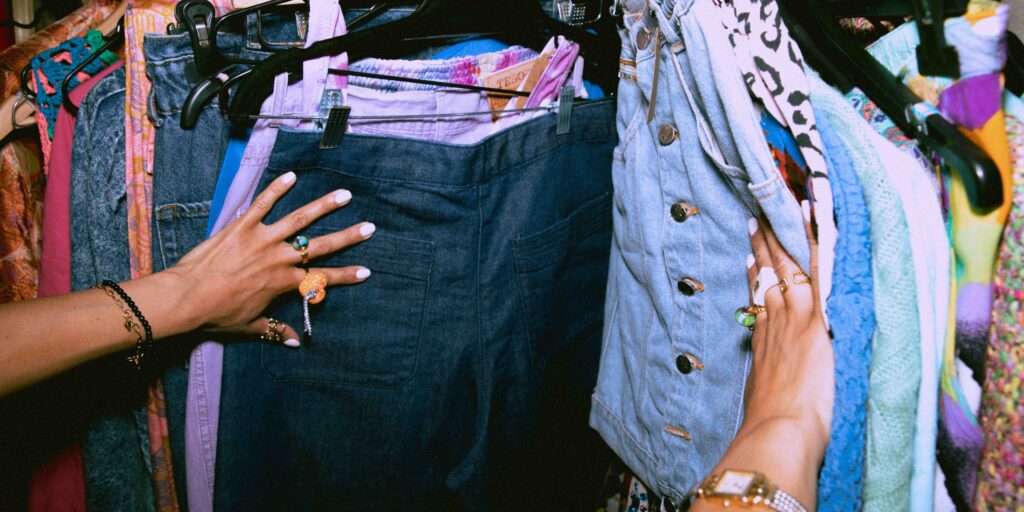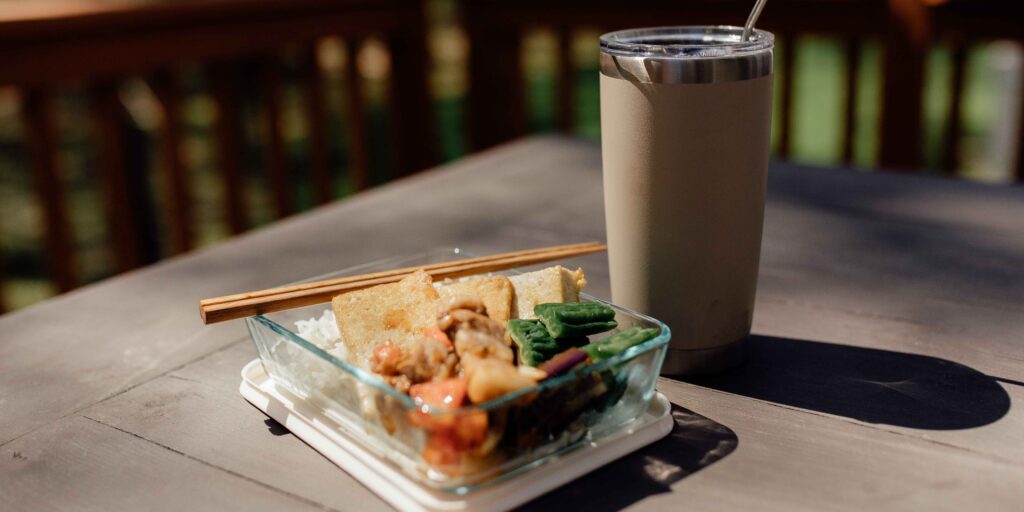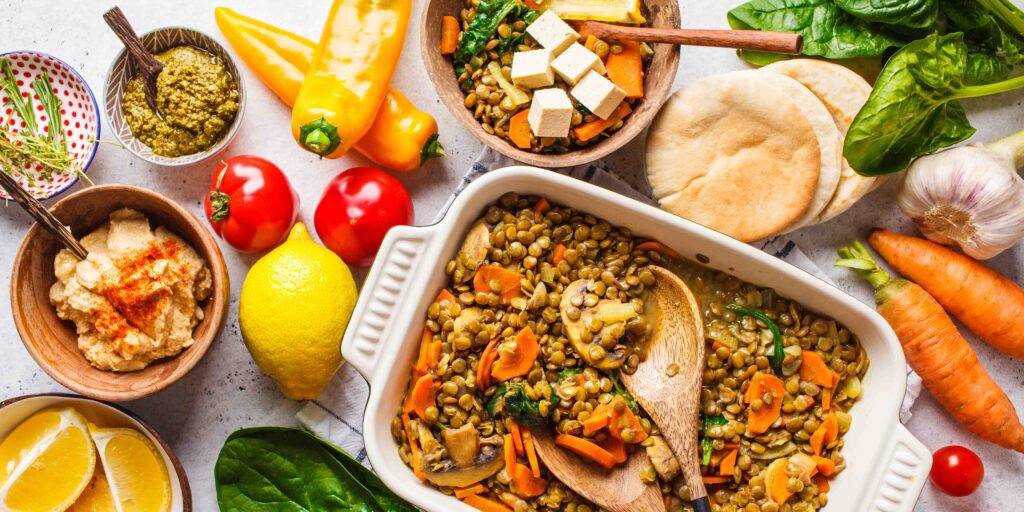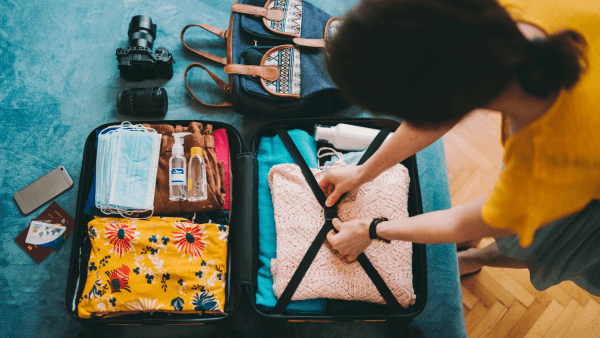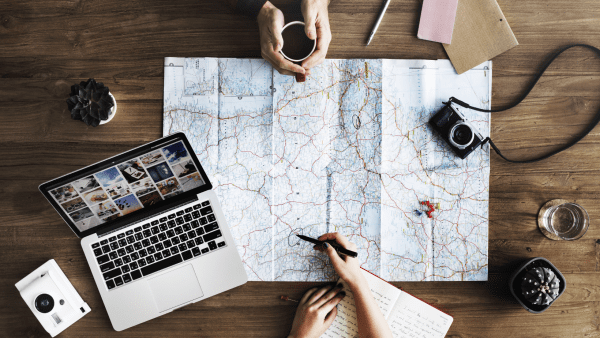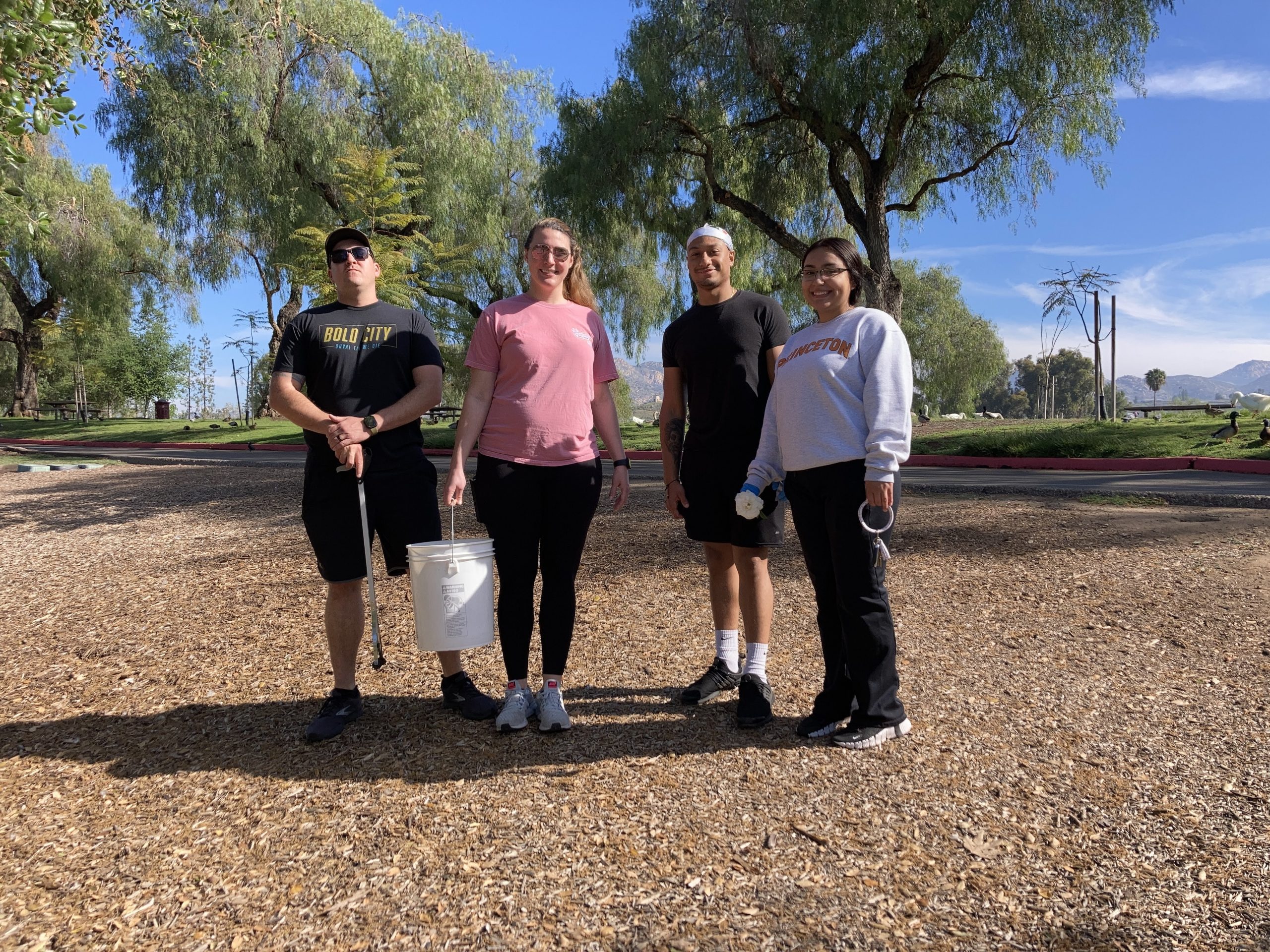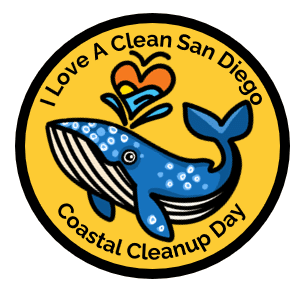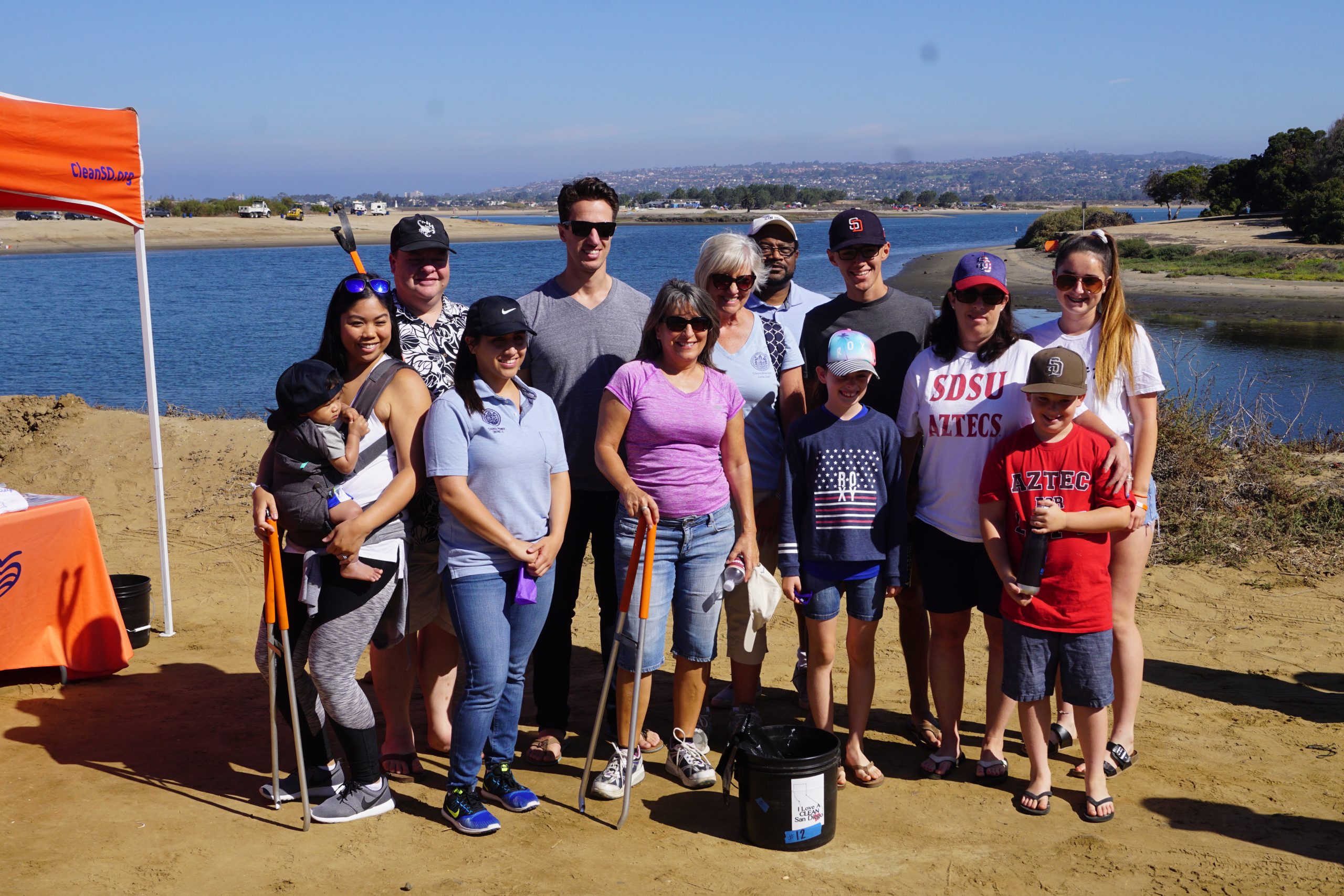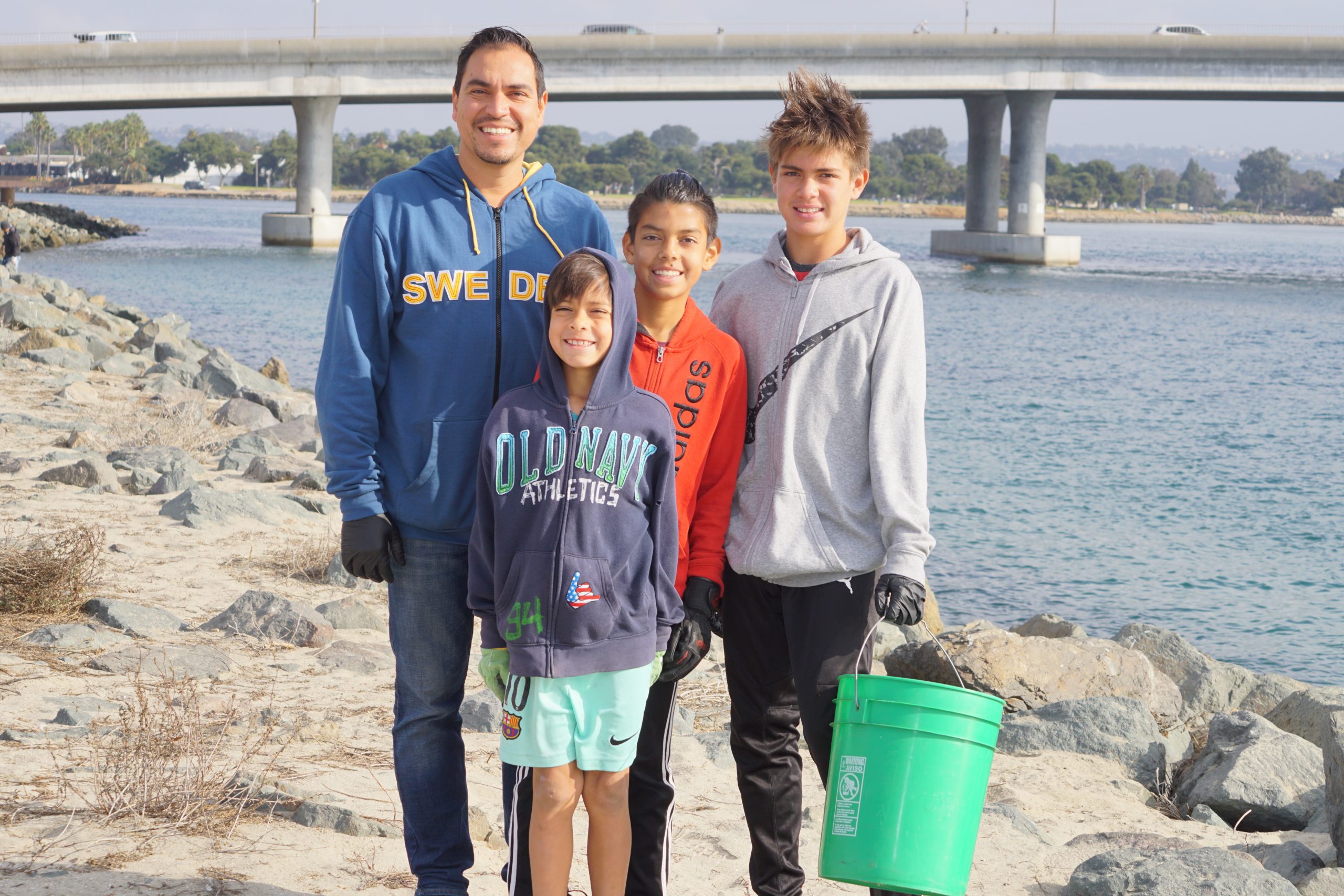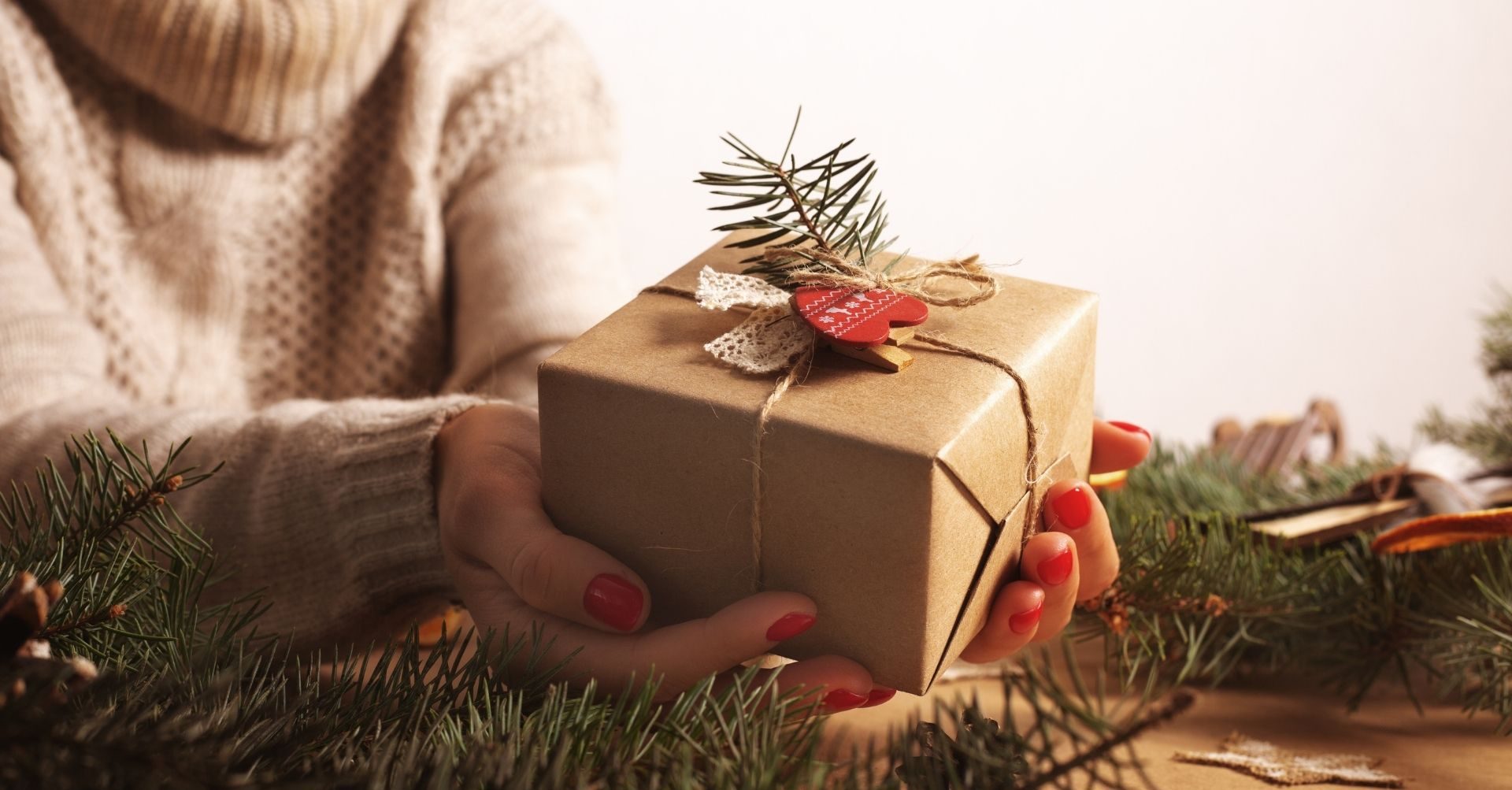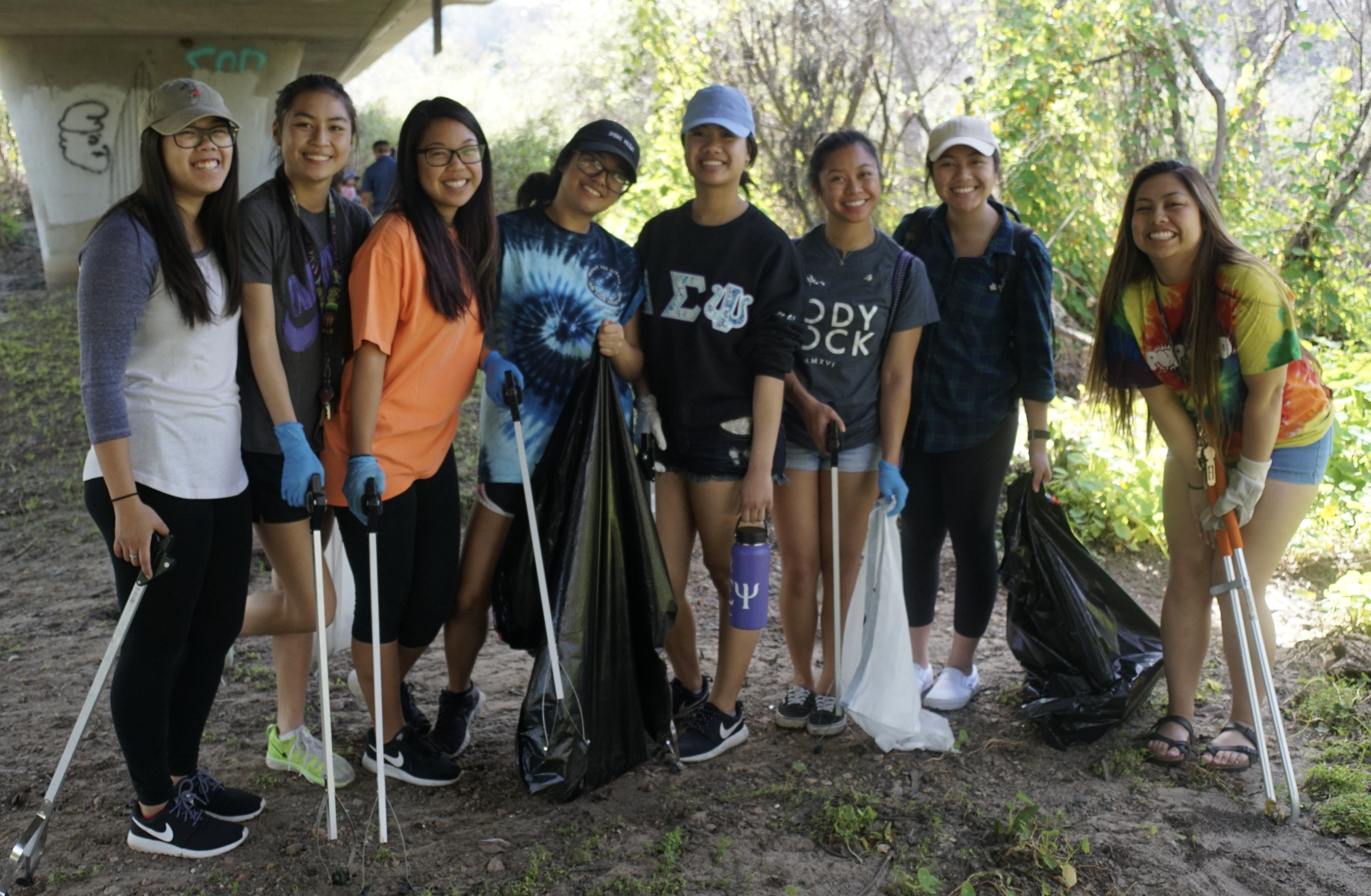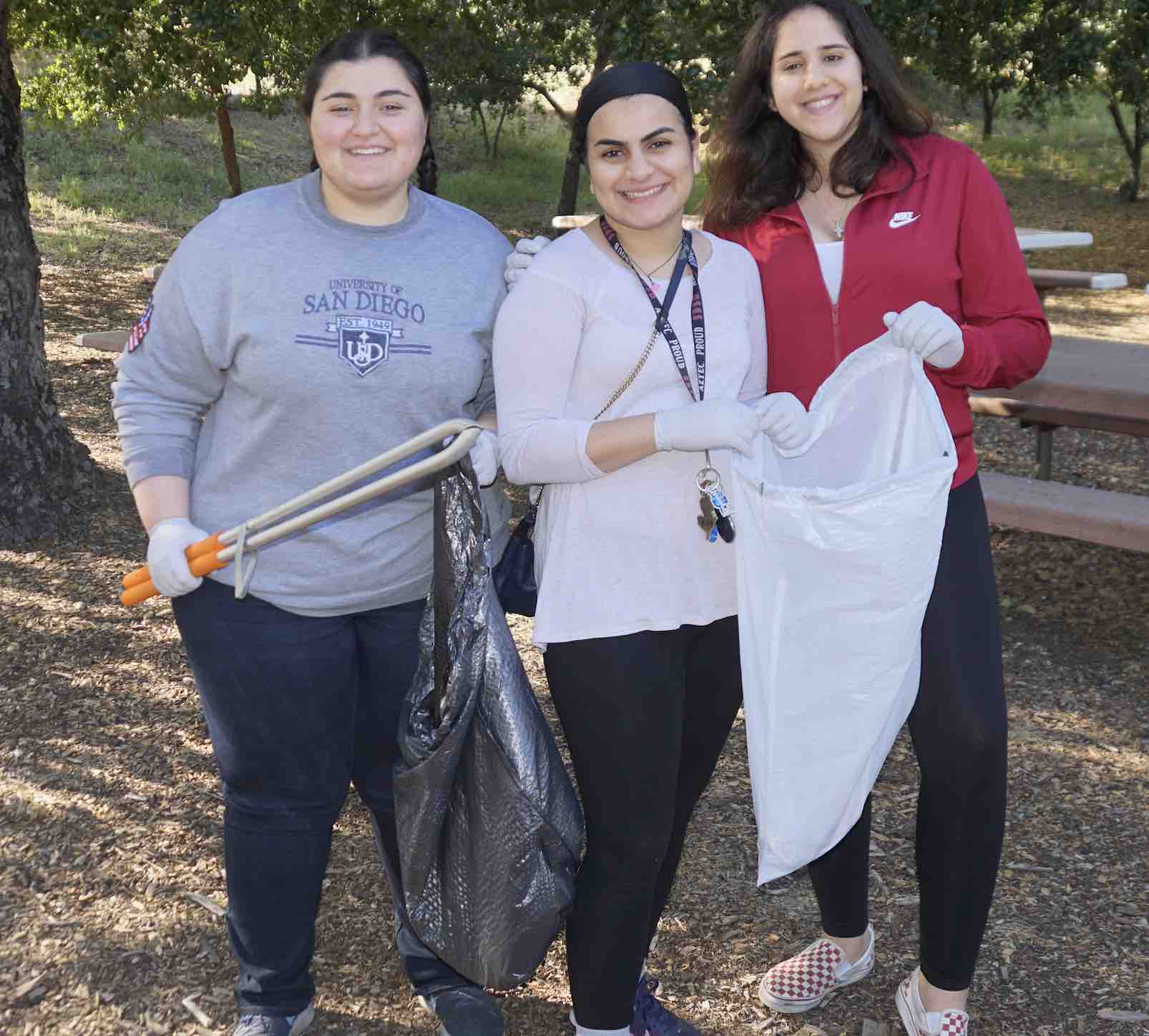Recycle Right for the Holidays: A Guide for Eco-Friendly Practices and Recycling This Gifting Season
Join the upcoming holiday webinar Celebrate Sustainably: Gifts and Glitz on December 8, 2021.
Getting back together with family and friends is cause for celebration. As we enjoy a season full of holiday traditions I Love A Clean San Diego offers some ideas to reduce holiday waste that occurs during this joyous time.
From shopping bags to increased packaging from online shopping, and giftwrap to food, Americans generate 25 percent more waste between Thanksgiving and New Year’s Day. This equates to an extra one million tons of waste generated per week nationwide during the holidays. However, much of this waste can be recycled or reused.
If every American family wrapped just three presents in reused materials, it would save enough paper to cover 45,000 football fields.
Gifting and festivities can still be special and memorable while reducing waste and recycling right.
Join Us for the Gifts and Glitz Webinar
Join I Love A Clean San Diego for tips and inspiration at the “Celebrate Sustainably: Gifts and Glitz” webinar on Wednesday, December 8 from 5 p.m. to 6 p.m. Online registration is open now to attend the fun and informative event. I Love A Clean San Diego’s education team will bring creative ideas to reducing waste and recycling, while keeping the spirit of the season alive.
Batteries, Bah Humbug
Americans use more than three billion batteries each year and about 40 percent of all battery sales in the U.S. occur during the holiday season. Batteries are considered Household Hazardous Waste. When not properly handled or recycled, batteries corrode and leach toxic chemicals like lithium, cadmium, sulfuric acid and lead. These chemicals can contaminate soil and groundwater. Some of these elements, like lithium, are limited in supply and need to be recaptured.
Here are suggestions to help reduce battery waste
1. Skip the single-use alkaline batteries. If you do, please collect and recycle them properly.
2. Buy rechargeable batteries. Rechargeable batteries pay for themselves many times over and can easily be recycled for free after they reach the end of their useful life.
3. For both single-use and rechargeable batteries, use the free search tool at WasteFreeSD.org to find a drop off location near you.
Low Waste Gift Giving
When thinking about holiday gift shopping, consider the entire life cycle of your purchases. How long will the person receiving this gift actually use it? Will it be memorable and useful, or will they forget about it by next year? Gift giving can be a wonderful opportunity to express love and appreciation, but it can also slip into feeling like a mandatory practice – “I don’t know what to get them, but I have to get them something” mentality. Here are some ideas for low waste, mindful gift giving.
Take the Love Languages Quiz with your friends and family to determine how meaningful gifts actually are to each of you. Does a friend prefer serving others rather than being on the receiving end? Would your family member value quality time more than an item? Knowing this may change what you gift them.
Try shifting the focus away from “stuff.” Check out this graphic on WasteFreeSD.org and this Zero Waste Guide to Holiday Gifts.
Here are some low-waste gift ideas and technologies to consider.
• Give away items you do not need anymore. The new Good Use App, designed right here in San Diego, allows you to give your gently used items a second life. Sign up for the Good Use App here.
• Experiences: Memberships or subscriptions, tickets, classes, or pre-planned adventures and excursions
• Time: Making a home-cooked meal, helping with car or yard maintenance, “get out of a chore” or “design your perfect day” passes for kids
• Donations on their behalf to a cause or organization they’re passionate about
• Second-hand items: The most sustainable item you can buy is the one that already exists. Used items can still be high quality and in practically new condition. Aside from thrift stores, the Good Use App, Facebook Marketplace, Offerup, and Buy Nothing can be good online sources to check regularly.
• Zero waste tools: Help your loved one live more sustainably with items such as cotton produce bags, handkerchiefs, reusable makeup wipes, dryer balls, or a refillable growler.
• Items: If buying a new item, opt for locally made products and items made from reclaimed materials, such as upcycled skateboard sunglasses, dog leashes from retired climbing rope, and reclaimed wood picture frames
Gift Wrapping
Many traditional gift-wrapping materials, such as ribbon, bows, and cellophane, are not recyclable in your blue bins. To help sort out what is recyclable during the holidays, check out the Don’t Take a Holiday from Recycling flyer from the County of San Diego.
Stick to these recyclable items when wrapping presents
• Paper wrap without metallic and glitter designs
• Paper gift bags
• Cardboard boxes
• Paper cards and envelopes
• Glass jars are great for DIY gifts
These materials cannot be recycled in your curbside bin so please avoid or reuse them
• Metallic, glossy and glitter-covered wrapping paper
• Ribbons, bows, and twine
• Polystyrene packing peanuts
• Cards on glossy photo paper
• Plastic bags and film (return to participating stores for recycling)
• Tissue paper
Reuse supplies you have on hand, such as cardboard shipping boxes, tissue paper from a new pair of shoes, and paper bags from the store. There is no shame in reusing a gift bag; the person on the receiving end will not know the difference.
There are so many ways to get creative with repurposing materials, so have fun with it! See this as an opportunity to customize the gift to the person. For example, check out this tutorial to learn how to make bows out of magazine pages. If you are feeling extra adventurous, give the Furoshiki cloth-wrapping method a try.
Recycling and Proper Disposal
Keep these recycling tips and resources in mind.
• Recycling Right – When sorting through and putting away decorations and gifts, remember to dispose of items properly. Recycle only accepted materials in your curbside blue bin. In general, this includes paper, cardboard and cartons, plastic bottles and containers, glass bottles and jars, and metal and aluminum cans and foil. For more information on what is recyclable, visit the County of San Diego’s recycling page.
Common holiday items that can be recycled include cardboard gift boxes, plastic bottles and containers, glass jars, and brown paper wrap. Remember to keep these items empty, dry, and loose.
• Batteries and other household hazardous waste – Separate out hazardous items such as batteries and lights. These CANNOT go into the trash or recycling bins. Check WasteFreeSD.org for a comprehensive list of hazardous items and find drop-off locations in your area.
• Christmas tree recycling – After the holidays, remember to recycle your fresh-cut tree and help close the loop, returning the tree to the earth as mulch. County of San Diego residents are encouraged to recycle their Christmas trees as soon as possible to reduce fire danger and minimize the amount of holiday waste sent to the landfill. In addition to dozens of community drop-off sites, many local waste and recycling haulers offer curbside tree and wreath pick-up. These trees and wreaths are ground into mulch, which is then used to improve soil health, reduce evaporation and erosion. Visit WasteFreeSD.org or call 1-811-R-1-EARTH for more information and a complete list of drop-off locations.
Incorporating zero waste into your holiday planning may take some time and thought at first, but once these habits are implemented, they can reduce stress, save money, and allow you to focus on what is most important about the holiday season-spending time with those we love.
